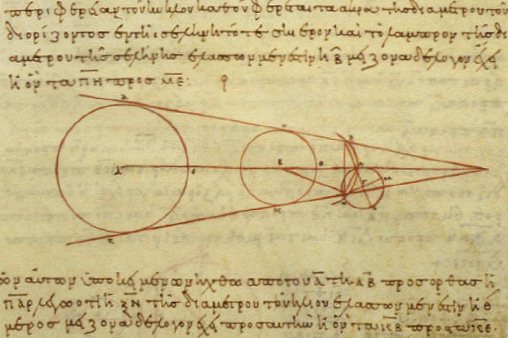VictorBorun wrote: ↑Fri Nov 26, 2021 3:32 am
johnnydeep wrote: ↑Thu Nov 25, 2021 9:43 pm
I have no idea what most of you are talking about today. Must be the Thanksgiving brain fog. Not mine of course

It's a quick test in image processing. If we take the posted image as an edge-detecting material,
we can't fit a circle to the supposed Earth's shadow across the 5 Moons:
Gout_EclipseCollage 3.png
What's wrong with this technique?
Or is Earth's shadow that far from being round?

A couple reasons are contributing to your analysis uncertainty.
First the umbral edge is fuzzy - not perfectly sharp, and imaging the fuzzy edge against the various lunar contrasting shades, some saturated, will be uncertain. In this case, visually fitting a circle is most useful. To answer your question, the Earth's umbral shadow is a good circle.
Second, this particular composite is technically not accurate. The best-fit circle I see is about 15% smaller than the average shadow. In fact, the range of
shadow-to-moon diameter ratio ≈ 2.58 → 2.73. In today's image this ratio ≈ 2.2 which is significantly less than the minimum. In composite below, I used two APOD images to help define the best fit circle. The dashed red line shows the umbra with a ratio of 2.2. The solid red line shows where the umbra would be with a ratio of 2.6. Looks to me that the significantly smaller umbra diameter is likely driven by lunar image spacings that are too small.
The
second image shows a set of lunar images taken during a partial eclipse in 2017. Here, a reasonable circle fitting the umbra shows a ratio ≈ 2.65, which is right in the expected range.
Note: The link for this composite does not mention the shadow size or diameter ratio. It only supports the Earth's shadow as a circle. I did the fit and obtained my own estimate for the umbra size / diameter ratio.
So really, I'd say the umbra size / shape details we can determine is limited in today's image.
 At the Shadow's Edge
At the Shadow's Edge
